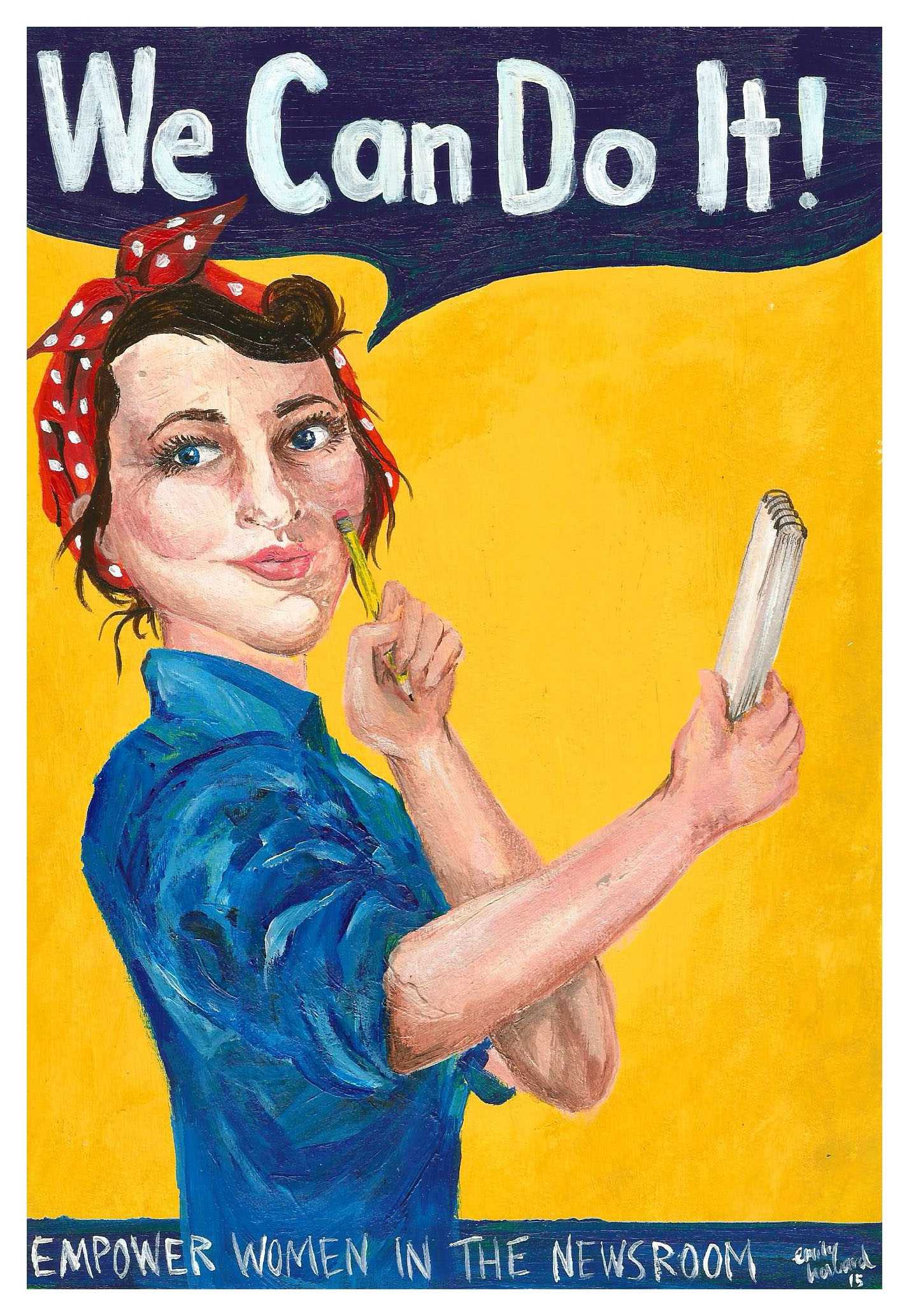When a month comes along dedicated to a prominent issue, such as March’s Women’s History Month, it’s common for us to take a moment and encourage increased diversity and understanding of that issue to others in business management, leadership, politics and so on.
But this time, I want to focus on the media. We need to step back and take a look at ourselves as an entire industry and what we can do better when it comes to women’s representation in journalism today.

According to the Women’s Media Center’s 2014 report, women accounted for only 36.3 percent of the gender representation in newsrooms in 2013, up only 3.6 percent since 1999. The statistics in radio and broadcast aren’t better.
Gawker took a look into the numbers of columnists of The New York Times, The Washington Post and The Wall Street Journal — along with other notable syndicates — to find only 38 out of 143 columnists in 2013 were women.
Clearly, we can and need to do better with representation in the newsroom.
Having a more inclusive environment of people reporting on the news is crucial to a well-rounded news organization. If the world around us is a diverse place, why are our newsrooms filled with so many people from so many similar walks of life?
Yes, unbiased reporting is something that should exist regardless of who the journalist is, but it’s strange to think that the group of people who are responsible for reporting on all events and interests around us are mostly of one mindset and worldview. The more diverse a newsroom, or any organization for that matter, the greater the depth of ideas and perspectives that can come from it.
Am I saying we should force women to take on more media roles and place them above their male counterparts for the sake of diversity and inclusion? No, but what I will suggest is that we find ways to empower women at an early age who are interested in media to not only get involved, but to stay with it.
The Student Press Law Center has a project introduced by media attorney Nabiha Syad called Active Voice, a program “that aims to help young women who face challenges in speaking out,” which she hopes will also “empower women in journalism to act as mentors and to share their stories of censorship and self-censorship,” the SPLC reported.
Frank LoMonte, director of the SPLC, said that while the statistics for female journalists in high school and college news organizations aren’t available, he said they “dominate high school journalism, particularly in the highest levels of management,” the SPLC reported.
The early interest seems to be there, but we’re not seeing that translate to representation in the professional world. Perhaps a few years from now, with some effort and awareness, the Women’s Media Center will have a more positive, improved report to share.
Bragg, a senior journalism and nonprofit public relations major from Lillington, is the enterprise editor.
STORY: Michael Bragg, Enterprise Editor
CARTOON: Emily Howard, Cartoonist
